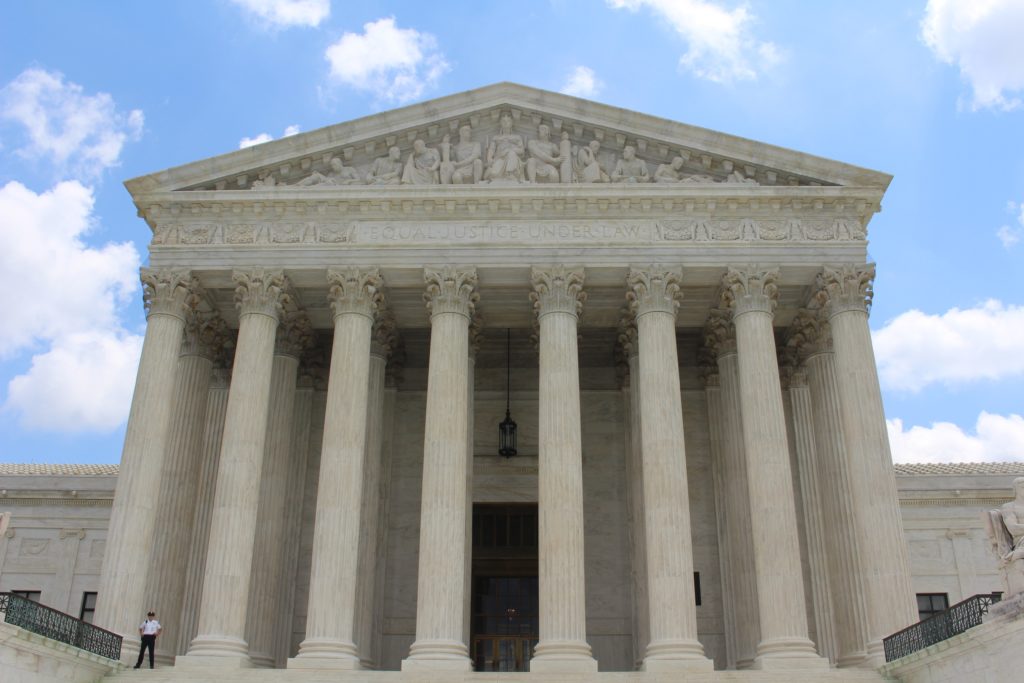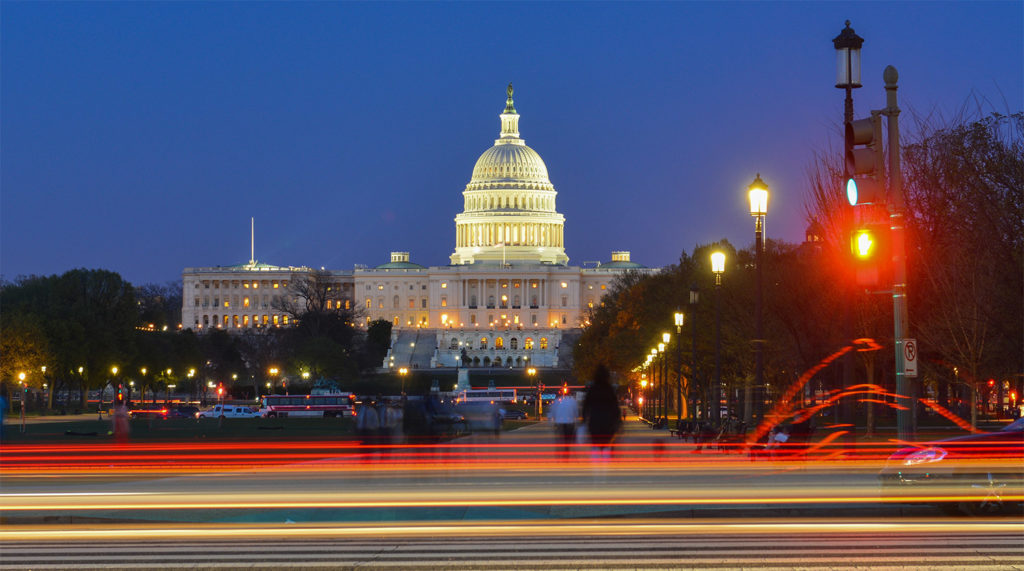Midweek update

The Hill brings us up to date on the status of bipartisan negotiations over a COVID-19 relief bill. At least the negotiated bill may be teed up for the lame duck session of Congress next month.
On Monday, Healthcare Dive reported the CVS Health is hiring 10,000 pharmacy technicians to administer vaccinations and today, and today
the U.S. Department of Health and Human Services (HHS), through the Assistant Secretary for Health (ASH), issued guidance under the Public Readiness and Emergency Preparedness Act (PREP Act) authorizing qualified pharmacy technicians and State-authorized pharmacy interns to administer childhood vaccines, COVID-19 vaccines when made available, and COVID-19 tests, all subject to several requirements. This guidance clarifies that the pharmacy intern must be authorized by the State or board of pharmacy in the State in which the practical pharmacy internship occurs, but this authorization need not take the form of a license from, or registration with, the State board of pharmacy.
Smart move, CVS.
On Monday, NCQA released the results of its Spring 2020 telehealth questionnaire. Check it out.
On the opioid front, the Wall Street Journal reports today that
Purdue Pharma LP agreed to plead guilty to three felonies related to its marketing and distribution of powerful painkiller OxyContin, as part of an $8.34 billion settlement that caps yearslong federal investigations into tactics the government said helped fuel the opioid crisis.
The Justice Department unveiled the settlement Wednesday, alongside a deal with Purdue’s owners, members of the Sackler family. The price tag for Purdue, however, is largely symbolic: The bankrupt company’s assets fall well short of $8 billion. It will pay the federal government $225 million, and much of the rest of the fines will be waived to allow more money to flow to states, counties and tribes that accuse Purdue of sparking widespread opioid addiction and deaths.
The Sacklers, meanwhile, resolved civil charges for a separate $225 million, but prosecutors made clear criminal investigations into the family continue.







